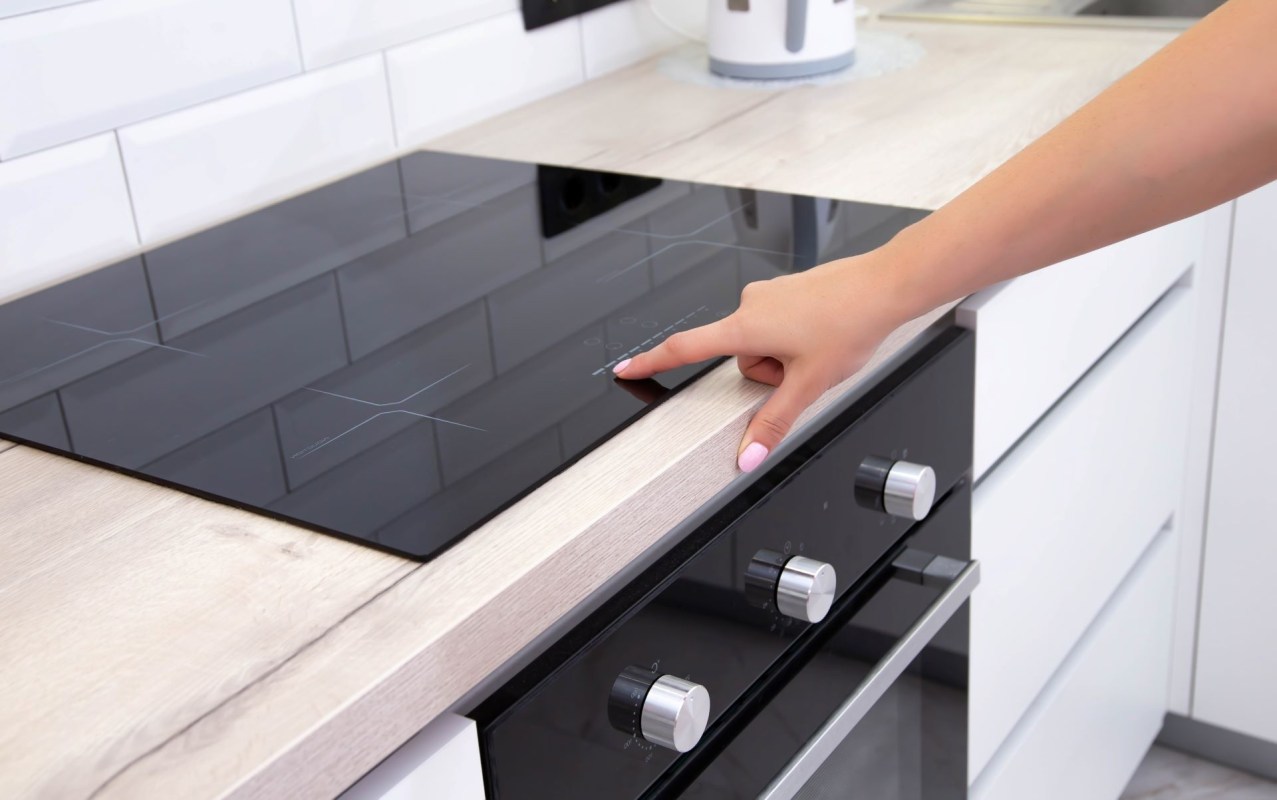Stoves are in the news a lot right now, as scientific studies show that gas stoves are bad for people's respiratory health, causing one in eight childhood asthma cases across the U.S.
At the same time, though, electric stoves remain unpopular. Many people prefer cooking with gas and believe it to be far faster than cooking with electric stoves.
However, a new type of electric stove is on the rise: induction stoves. While still powered by electricity, these futuristic appliances are not your ordinary electric stoves.
What's the difference between electric and induction stoves?
The main difference between electric and induction stoves is how they generate heat. Electric stoves use electrical resistance to heat the stovetop, while induction stoves use an electromagnetic field to generate heat.
Basically, this means that with an induction stove, the heat is generated directly in the pot or pan rather than the stovetop itself.
This makes induction stoves far more efficient than traditional electric stoves, as the heat is transferred directly to the food rather than being lost in the air. It also means that you'll use less electricity when you cook with induction.
Induction stoves are better overall. They also heat up way faster than electric stoves (about 40% more quickly) and are more precise when controlling the temperature.
Additionally, induction stoves are safer than electric stoves, as the surface of the stovetop stays cool to the touch, so you don't need to worry about your kids accidentally touching a hot cooktop.
One drawback to induction is that it is generally more expensive to install when compared with a traditional electric stove. On average, induction stoves cost about $2,200, although far cheaper (and more expensive) options are available.
Luckily, thanks to the Inflation Reduction Act, you can get up to an $840 rebate when you get an induction stove.
Join our free newsletter for easy tips to save more, waste less, and help yourself while helping the planet.









